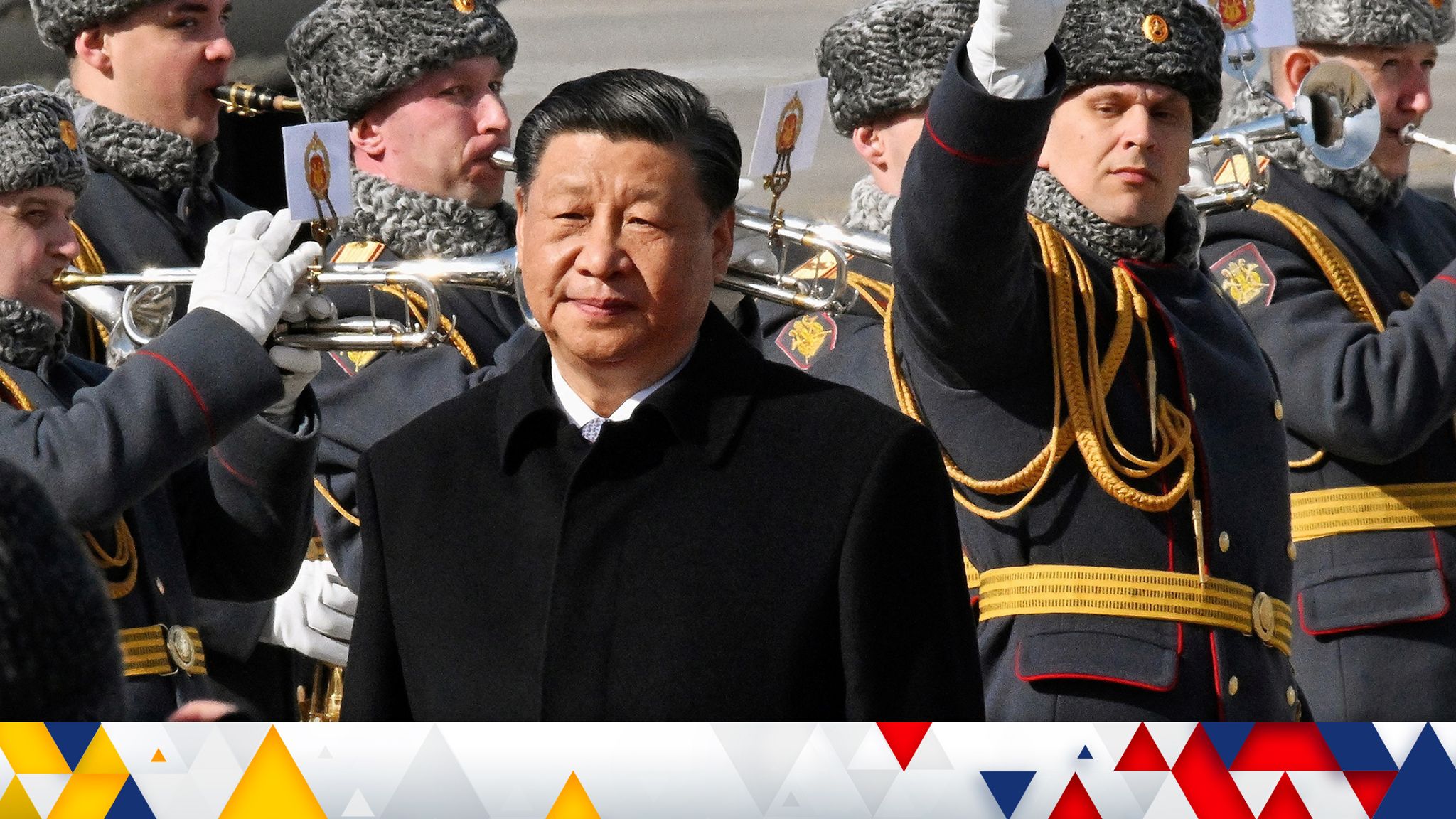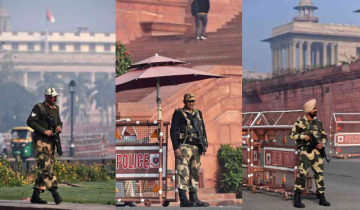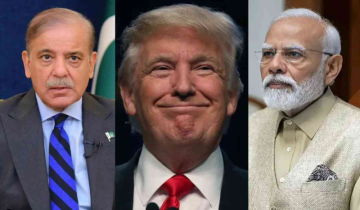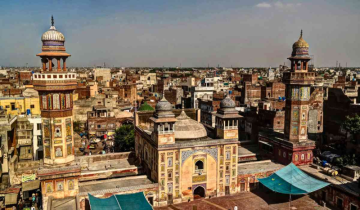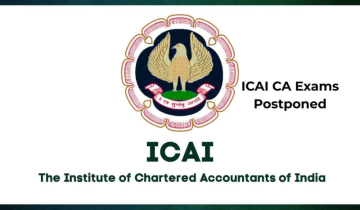As we stand in 2025, the global dynamics between China and India continue to evolve, reflecting stark contrasts in governance, societal priorities, and economic trajectories. While China’s autocratic efficiency has propelled it to global prominence, India remains entangled in the quagmire of dirty politics, caste divisions, religious strife, and a glaring lack of civic sense. This editorial explores how these contrasting systems of governance and societal challenges impact their respective roles in the global arena.


China's Autocratic Efficiency: A Double-Edged Sword
China's centralized autocracy has been instrumental in driving its rapid economic growth. Over recent decades, the Chinese government has demonstrated remarkable efficiency in implementing large-scale infrastructure projects, fostering technological innovation, and maintaining social order. With a nominal GDP of $18 trillion—six times that of India—China has solidified its position as a global economic powerhouse.
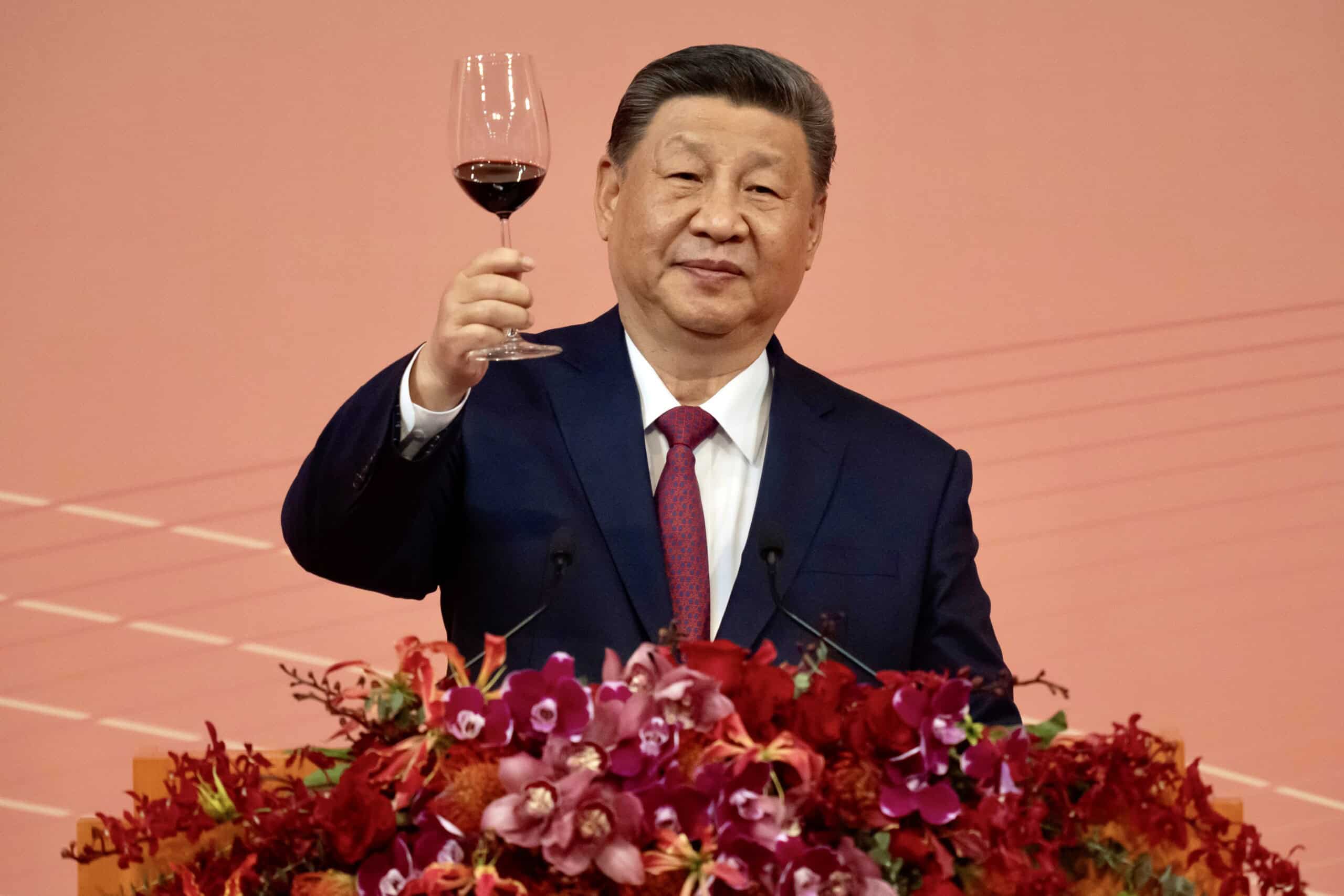
However, this efficiency comes at a cost. The increasing reliance on state-owned enterprises and the suppression of dissent have stifled private sector dynamism. Additionally, China's demographic challenges—a shrinking population and aging workforce—pose significant risks to its long-term growth. By 2027, China’s population is expected to decline by 8 million while India’s will grow by over 75 million. This demographic shift could erode China's competitive edge as its working-age population diminishes.
Moreover, China's growing international isolation due to geopolitical tensions and trade restrictions is forcing multinational corporations to diversify their supply chains away from the country. While this opens opportunities for India, China's ability to sustain its growth amidst these challenges remains uncertain.

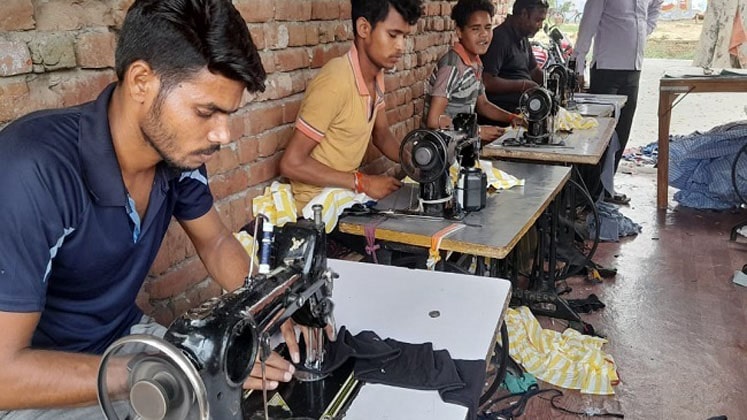
India's Kakistocracy: A Self-Imposed Limitation
India, on the other hand, is poised to surpass China as the world's most populous country by 2025. With a youthful and expanding workforce, favorable demographics offer India a unique opportunity for economic growth. Yet, these advantages are undermined by systemic inefficiencies and societal distractions.

India's governance can often be described as a kakistocracy—a system where the least qualified individuals hold power. Dirty politics dominate public discourse, with leaders prioritizing caste-based appeasement and religious polarization over substantive issues like education, healthcare, and infrastructure development. Despite being in 2025, India's political narrative remains stuck in medieval debates on caste hierarchies and religious identities.


The consequences are dire:
-
Dilapidated Infrastructure: India's infrastructure remains woefully inadequate compared to China's world-class facilities. Poor transport networks and unreliable utilities deter foreign investment.
-
Educational Deficit: India has one of Asia's least educated populations. Without significant reforms in education quality and access, its demographic dividend could turn into a liability.
-
Gender Inequality: Female workforce participation remains among the lowest globally. Closing gender gaps could significantly boost India's labor force productivity.
-
Civic Apathy: The lack of civic sense manifests in widespread corruption, environmental degradation, and urban chaos.
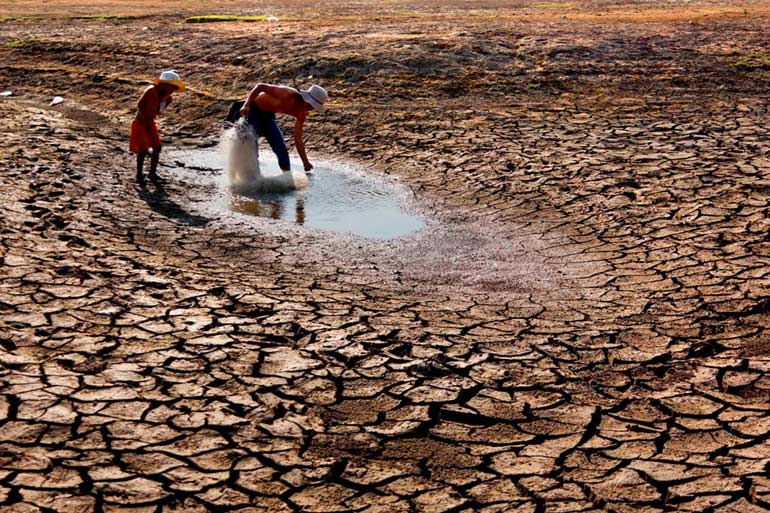
The Real Issues: Ignored Amidst Distractions
India's political class often sidesteps critical issues that determine national progress:
-
Economic Reforms: While India boasts higher GDP growth projections than China (by over two percentage points annually), bureaucratic red tape and policy inconsistency hinder private sector expansion.
-
Healthcare: Public health systems are underfunded and overwhelmed. Addressing this would not only improve quality of life but also enhance workforce productivity.
-
Climate Change: As one of the world's largest carbon emitters, India must prioritize sustainable development.
-
Social Cohesion: Bridging caste and religious divides is essential for creating an inclusive society capable of collective progress.
Unfortunately, these pressing concerns are overshadowed by divisive rhetoric that keeps voters distracted from demanding accountability.

Global Implications: Diverging Paths
The contrasting paths of China and India have profound implications for their roles on the global stage:
-
Economic Leadership: While China continues to dominate manufacturing due to its established infrastructure, India has begun attracting industries seeking alternatives under the "China+1" strategy. Companies like Apple have started manufacturing in India.
-
Geopolitical Influence: China’s assertive foreign policy often alienates other nations; India's democratic ideals position it as a more palatable partner for Western powers.
-
Soft Power: India's vibrant culture and democratic values give it an edge in soft power diplomacy compared to China's authoritarian image.
Conclusion: A Call for Introspection
India’s potential to emerge as a global leader is undeniable but unrealized due to self-inflicted wounds rooted in divisive politics and societal apathy. While China grapples with demographic decline and economic inefficiencies stemming from autocracy, its ability to execute policies efficiently remains unmatched.

For India to challenge China's dominance meaningfully, it must confront its internal demons—dirty politics, casteism, religious polarization—and focus on real issues like infrastructure development, education reform, gender equality, healthcare improvement, and environmental sustainability.
The choice before India is stark: continue down the path of kakistocracy or rise above petty divisions to harness its demographic advantage for transformative growth. The world is watching; history will judge which path it chooses.
With inputs from agencies
Image Source: Multiple agencies
© Copyright 2025. All Rights Reserved Powered by Vygr Media.


